The 2/21: Winners, Losers and Takeaways from the 2021 Australian Open
By Feb 23, 2021Roger Federer and Caroline Wozniacki step out at the Masters: “So much tradition”
By Apr 13, 2025Richard Gasquet given Monte Carlo wild card 20 years after breakthrough win over Roger Federer
By Apr 03, 2025Wolfgang Puck: The biggest tennis fan in the kitchen?
By Mar 12, 2025Serena Williams, Roger Federer, Aryna Sabalenka and pickleball all featured during Super Bowl LIX
By Feb 13, 2025Roger Federer’s Wimbledon-winning racquet sells for more than $100,000 in tennis auction
By Feb 10, 2025Roger Federer explains tennis scoring, On logo to Elmo in Super Bowl ad
By Feb 10, 2025Roger Federer’s Wimbledon winning racquet currently up for auction
By Jan 28, 2025Henry Bernet, Australian Open junior champion, takes inspiration from fellow countrymen Roger Federer and Stan Wawrinka
By Jan 25, 2025The best tennis fashion moments of 2024: Federer & Nadal for Louis Vuitton, Kostyuk's viral Wimbledon dress and more
By Dec 14, 2024The 2/21: Winners, Losers and Takeaways from the 2021 Australian Open
Thumbs Up: Jen Brady, Roger Federer and more; Thumbs Down: line judges and rankings.
Published Feb 23, 2021
Advertising
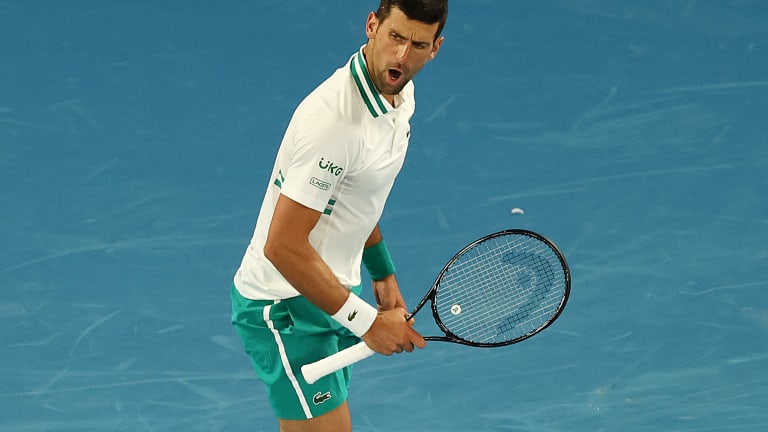
The 2/21: Winners, Losers and Takeaways from the 2021 Australian Open
© Getty Images
Advertising
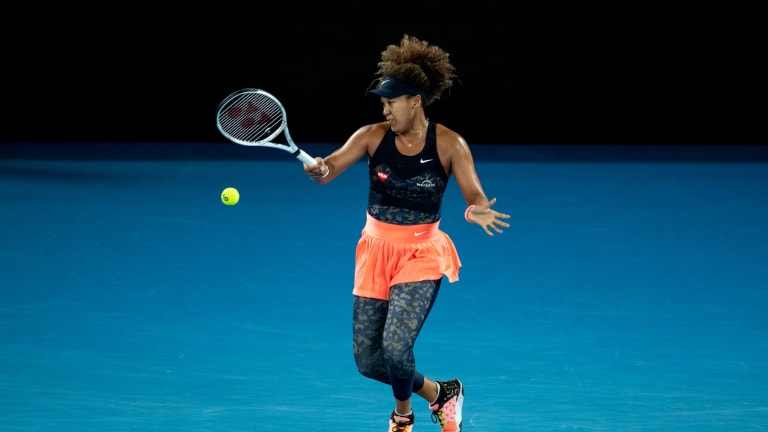
The 2/21: Winners, Losers and Takeaways from the 2021 Australian Open
© Getty Images
Advertising
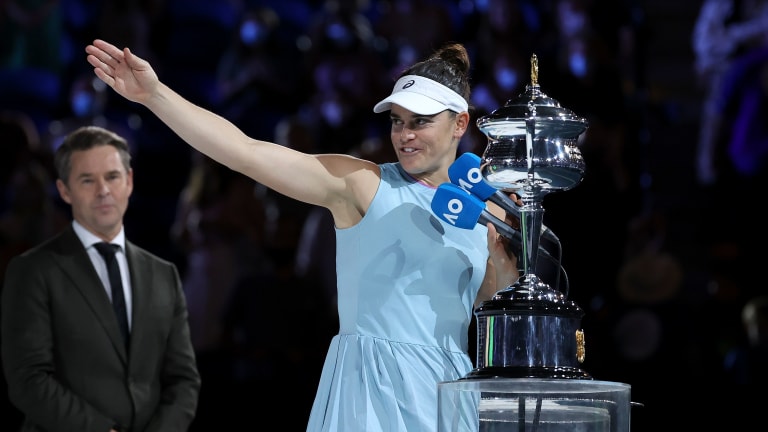
The 2/21: Winners, Losers and Takeaways from the 2021 Australian Open
© AFP via Getty Images
Advertising

The 2/21: Winners, Losers and Takeaways from the 2021 Australian Open
© AFP via Getty Images
Advertising
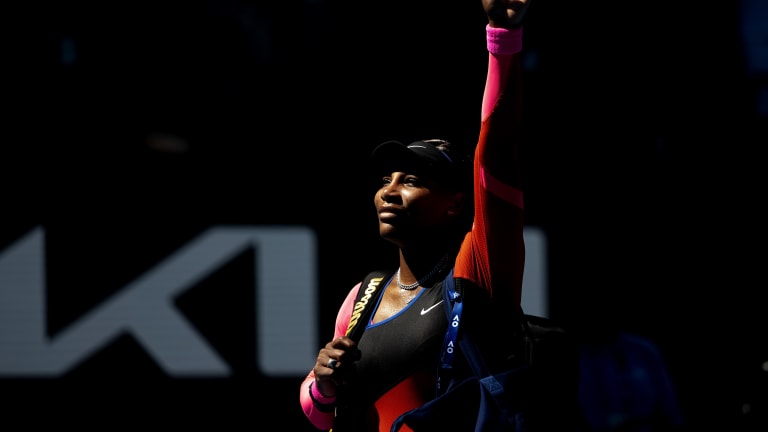
The 2/21: Winners, Losers and Takeaways from the 2021 Australian Open
© Getty Images
Advertising
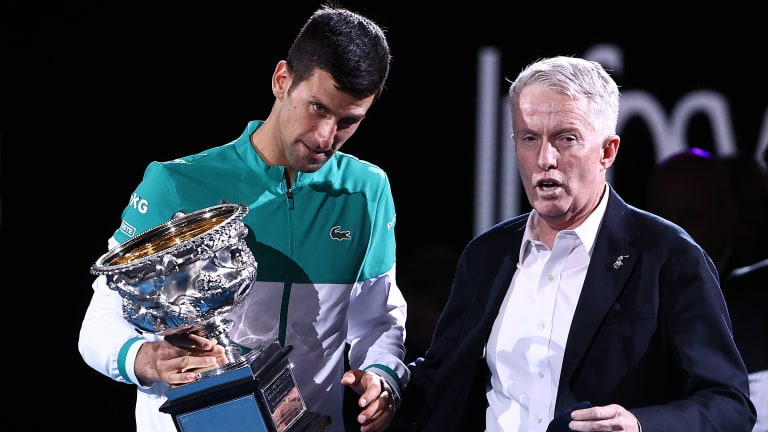
The 2/21: Winners, Losers and Takeaways from the 2021 Australian Open
© Getty Images
Advertising
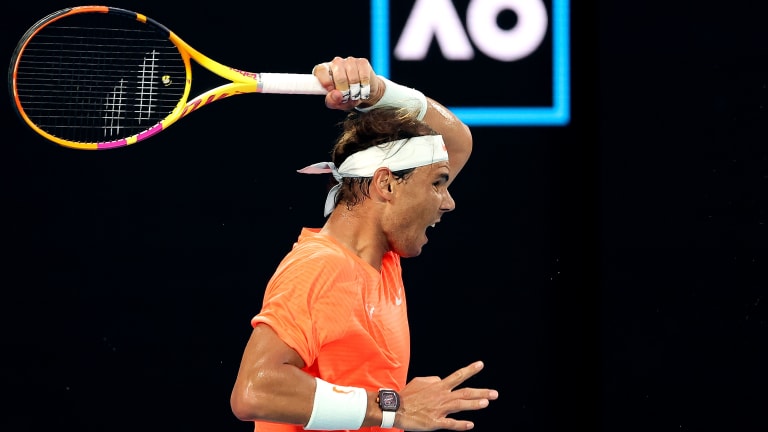
The 2/21: Winners, Losers and Takeaways from the 2021 Australian Open
© AFP via Getty Images
Advertising
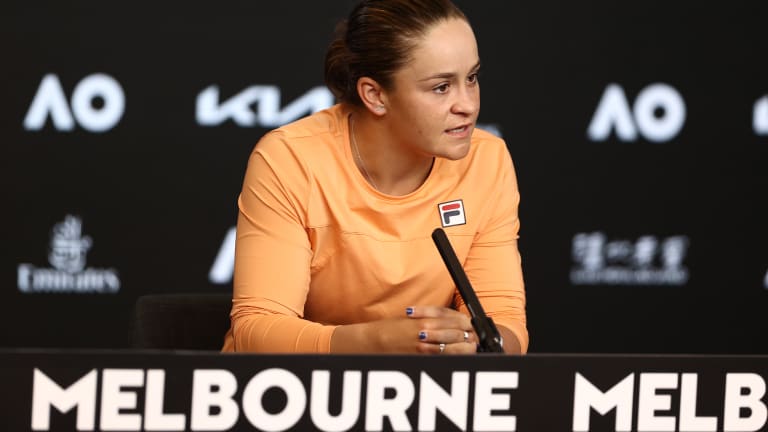
The 2/21: Winners, Losers and Takeaways from the 2021 Australian Open
© Getty Images
Advertising
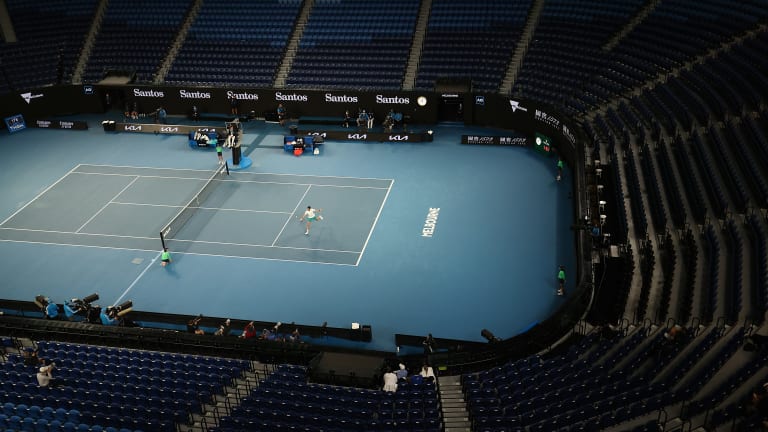
The 2/21: Winners, Losers and Takeaways from the 2021 Australian Open
© Getty Images
Advertising

The 2/21: Winners, Losers and Takeaways from the 2021 Australian Open
© Gallo Images
Advertising
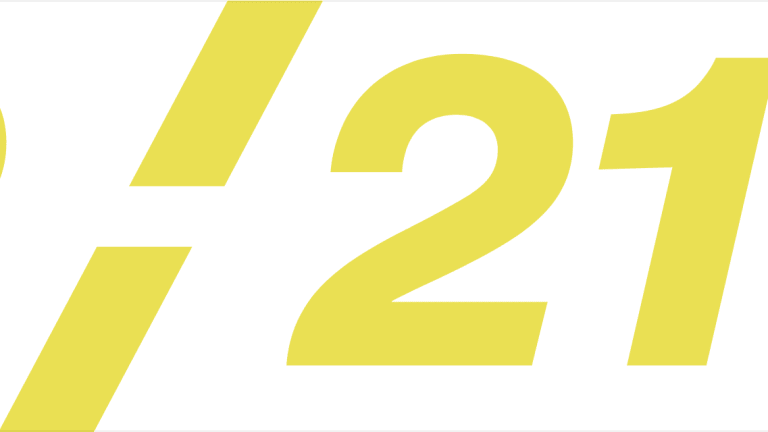
The 2/21: Winners, Losers and Takeaways from the 2021 Australian Open